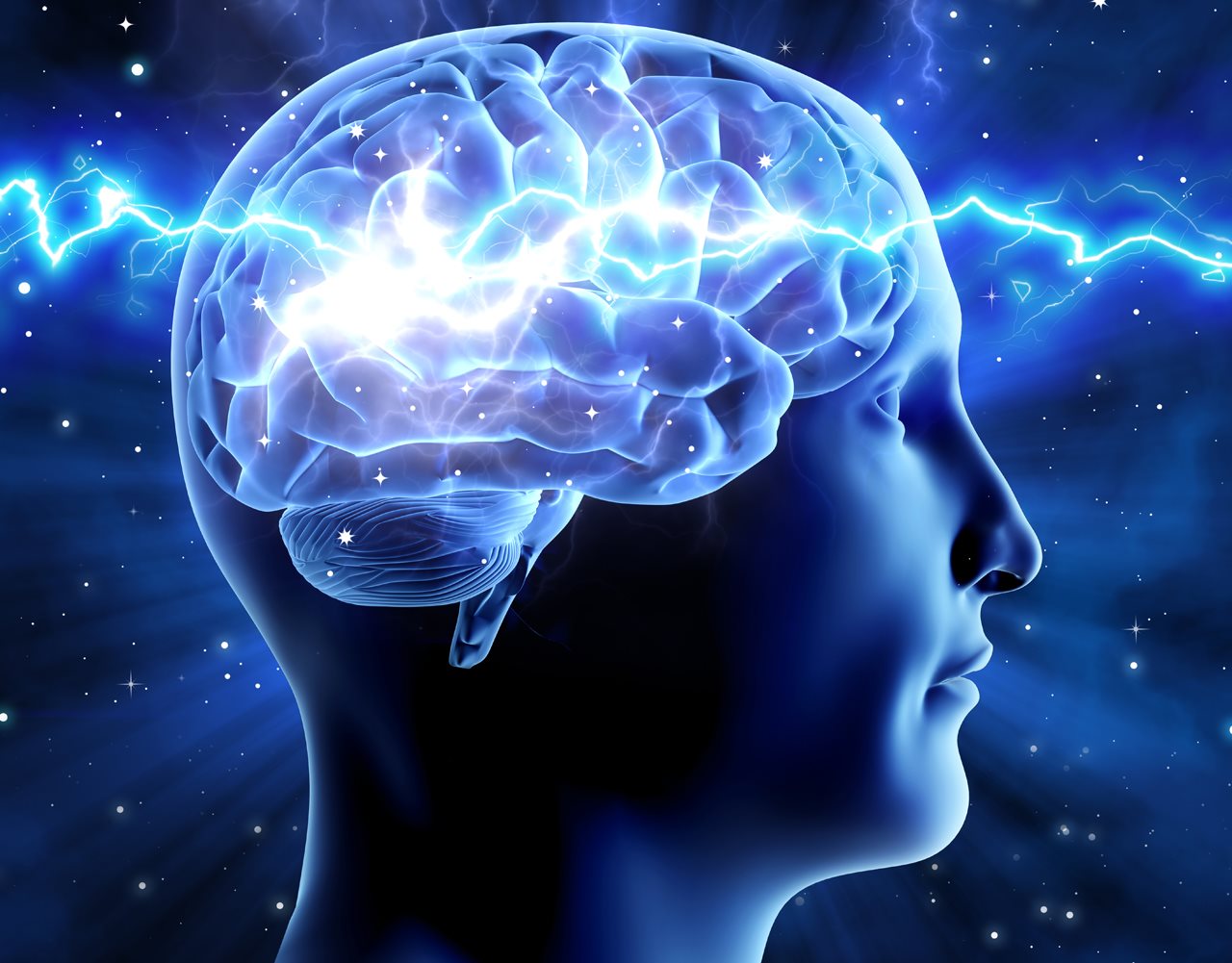2018-04-20T12:00:00
(BPT) – Most of us have a friend or loved one who suffers from migraine — recurrent, pulsing headaches that typically attack one side of the head but may occur on both sides and may cause visual disturbances, nausea and vomiting. However, many are unaware of the debilitating impact of migraine on patients and the healthcare system. Here are five facts you may not know about migraines.
1. Migraine is the third most prevalent illness in the world[1]

Even more prevalent than diabetes, epilepsy and asthma combined, the World Health Organization (WHO) estimates the current worldwide prevalence of migraine to be 10 percent and a lifetime prevalence of 14 percent.[2] In the U.S., migraine affects approximately 39 million people, and an estimated 100,000 migraines occur every day.[3][4] Nearly one in four U.S. households includes someone with migraine.[5]
2. Migraine is the sixth most disabling illness in the world[3]

WHO classifies individuals suffering from migraine the same as those with quadriplegia, in terms of debilitation.
3. In the U.S., headache leads to more than 150 million lost workdays annually and is a strain on the healthcare system[6]

More than 90 percent of migraine sufferers are unable to work or function normally during their migraine.[3] Research shows that 60 percent of adult patients who were diagnosed with primary headache, including migraine, had one or more comorbidities, which raised the average annual cost of their healthcare to four times that of a healthy patient.[7]
4. Even with proper diagnosis, migraine treatment can be frustrating.

The cause of migraine attacks is still not fully understood, causing it to be a difficult disease to treat. While several hundred medications, devices and surgical options are used to treat and prevent migraine attacks and symptoms, few have been developed specifically for migraine.[8]
5. There is no cure for migraine[1]

The current goal of migraine treatment is prevention and reduction of pain. One advancement in the treatment of migraine is the use of neuromodulation devices. electroCore, a bioelectronic medicine healthcare company, is dedicated to improving patient outcomes by focusing on non-invasive vagus nerve stimulation therapy for the treatment of primary headache. For more information, please visit http://www.electrocore.com/.
[1] Learn more about migraine. American Migraine Foundation. https://americanmigrainefoundation.org/learn-more/. Accessed on January 4, 2018.
[2] Facts and figures. Migraine Trust. https://www.migrainetrust.org/about-migraine/migraine-what-is-it/facts-figures/. Accessed on January 4, 2018.
[3] Migraine facts. Migraine Research Foundation. http://migraineresearchfoundation.org/about-migraine/migraine-facts. Accessed on January 4, 2018.
[4] Global burden of migraine in the Year 2000: summary of methods and data sources. World Health Organization. http://www.who.int/healthinfo/statistics/bod_migraine.pdf. Accessed January 2018.
[5] Matharu, MS; Goadsby, PJ (September 2004). “Cluster headache: focus on emerging therapies.” Expert Review of Neurotherapeutics.
[6] Migraine statistics. World Health Organization. http://www.who.int/healthinfo/statistics/bod_migraine.pdf. Accessed on January 4, 2018.
[7] GNS Healthcare Research presented at the Academy of Managed Care Pharmacy (AMCP) Nexus in October 2016.
[8] Migraine treatment. Migraine Research Foundation. http://migraineresearchfoundation.org/about-migraine/migraine-treatment/. Accessed on January 8, 2018.
[4]Global burden of migraine in the Year 2000: summary of methods and data sources. World Health Organization. http://www.who.int/healthinfo/statistics/bod_migraine.pdf. Accessed January 2018.
